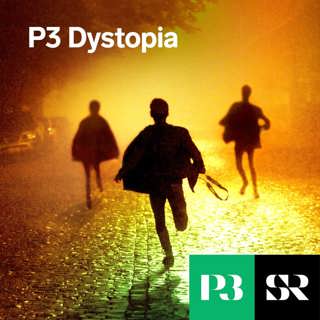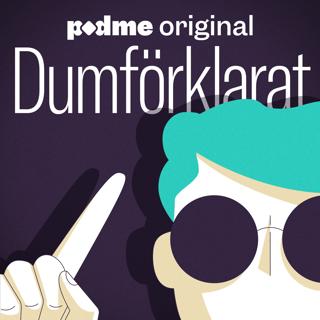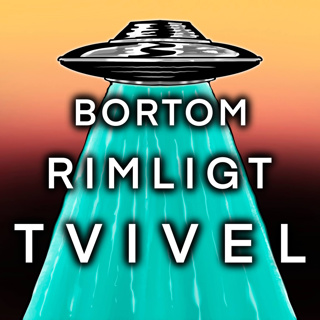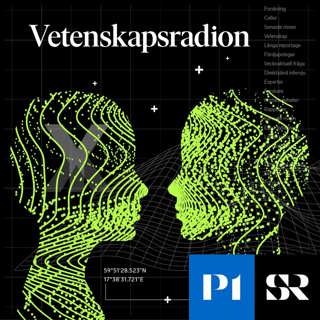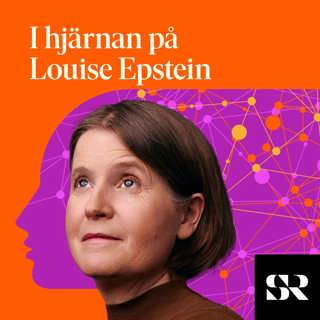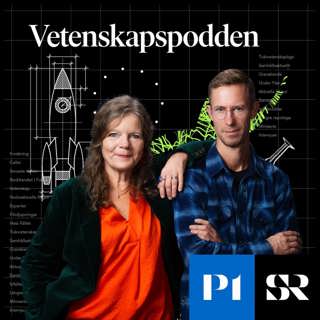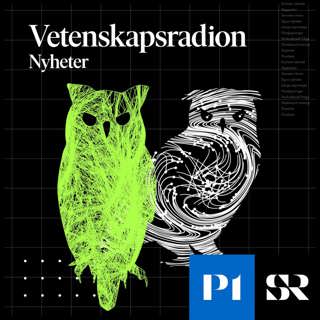
Fogvid-24, Smart Dust, or Simply Fog?
Meteorology Matters: Social media is abuzz with conspiracy theories surrounding reports of an unusual fog across the US, UK, and Canada, dubbed "Fogvid-24." This document summarizes the main themes, important facts, and contributing factors to this phenomenon.Summary of Events:Starting December 29, 2024, social media users, particularly on TikTok and X, began reporting a thick fog with unusual visual and olfactory characteristics.Some individuals claim this fog is accompanied by a chemical, electrical, or burning smell.Subsequent reports link exposure to the fog with flu-like symptoms such as fever, coughing, sore throat, headaches, and fatigue.Conspiracy Theories:The unusual appearance of the fog and reported symptoms have fueled conspiracy theories, with some alleging it is a government-engineered bioweapon or a form of chemical attack.The term "Fogvid-24" emerged, drawing parallels to the COVID-19 pandemic and its associated conspiracy theories.Some users point to historical examples like the US military's bacteria fog experiments in San Francisco (1949-1969) as evidence of the government's capacity for such actions.Quote: "None of this means that the government is pouring pathogens on its populace now, but we can’t say it’s impossible to do so." (Daily Dot)The discovery of a 1916 patent for an "intense artificial cloud" machine, though expired, has further fueled speculation.Theories linking the fog to the December drone incidents and Smart Dust technology developed by DARPA are also circulating.Quote: "Could this strange fog happening in multiple states and cities be Smart Dust? DARPA has a patent on Smart Dust back in the ‘90s I’m sure it’s been perfected in 2024 and the use of AI now," (X user)Skeptical Viewpoints:Skeptics, often leaning left politically, attribute the perceived abnormalities to the normal properties of fog and seasonal illnesses.Quote: “The delusional throbbers that believe this stupidity need to give their heads a massive wobble,” (X user @BSmithBenS)They highlight the fact that shining a light through fog naturally reveals individual water droplets, creating the illusion of "particles."They argue that the reported symptoms are likely due to the prevalence of common respiratory illnesses like COVID-19, especially during the holiday season.Scientific Explanations:The National Weather Service (NWS) has issued dense fog advisories for affected areas, suggesting a meteorological explanation.Scientists explain that the fog can trap and concentrate pollutants, leading to a stronger perception of chemical smells.Quote: “When fog forms, sulfur oxides, nitrogen oxides, and other polluting gases are taken up or ‘scavenged’ by fog water droplets,” (Rudolf Husar, Washington University atmospheric scientist)Fog can also exacerbate respiratory problems due to its high moisture content, potentially leading to coughing, shortness of breath, and other symptoms.Conclusions:While the scientific community attributes the fog and associated symptoms to natural phenomena, conspiracy theories continue to spread on social media.This situation underscores the need for critical thinking and reliance on credible sources of information.The "Fogvid-24" phenomenon serves as a reminder of the powerful influence of social media and its potential to amplify unfounded fears and anxieties.
2 Jan 14min

Helene Aftermath: NC Recovery 3 Months Later
Helene Aftermath: NC Recovery 3 Months LaterMeteorology Matters analyzes the lingering impacts of Hurricane Helene, three months after its devastating sweep through western North Carolina in September 2024. We examine the storm's enduring consequences on infrastructure, tourism, community life, and recovery efforts.Devastation and DestructionHurricane Helene, a Category 4 storm upon landfall in Florida, brought catastrophic flooding and landslides to the mountainous region of western North Carolina. Vivid imagery from the sources depicts the extent of the damage
1 Jan 13min

Miami’s Sinking Skyline
Meteorology Matters reviews the key findings from several recent sources regarding the subsidence of buildings along the Miami coastline. The research, primarily based on satellite-based Interferometric Synthetic Aperture Radar (InSAR) observations, identifies alarming trends in ground settlement potentially linked to construction practices and geological factors.
31 Dec 202414min

Jimmy Carter's Environmental Legacy
Jimmy Carter's Environmental Legacy: meteorology Matters provides a comprehensive overview of President Jimmy Carter's environmental legacy, highlighting his commitment to conservation, energy efficiency, and renewable energy, while also acknowledging the complexities and criticisms surrounding his approach.
30 Dec 202413min

January Cold Snap: Accuracy, Limits, and Looming Winter Weather
January Cold Snap: Accuracy, Limits, and the Looming Winter WeatherMeteorology Matters analyzes recent weather reporting regarding forecast accuracy, the intrinsic limits of predictability, and the potential for a severe cold snap in early to mid January 2025.
29 Dec 202414min

US Military Christmas Tradition History: NORAD Tracks Santa and Operation Christmas Drop
Briefing Document: Holiday Traditions with a Military TwistThis document reviews two unique holiday traditions involving the US military: NORAD Tracks Santa and Operation Christmas Drop.NORAD Tracks SantaOrigin: The tradition began in 1955 when a Sears advertisement mistakenly printed the Continental Air Defense Command (CONAD) hotline number as Santa's phone number. Colonel Harry Shoup, the commander on duty, received calls from children and, rather than dismissing them, decided to provide updates on Santa's location.Operation Christmas DropOrigin: Operation Christmas Drop started in 1952 when a WB-29 aircrew, seeing islanders waving from Kapingamarangi, decided to drop a bundle of supplies attached to a parachute.
25 Dec 202416min

The Long Road to Recovery: How Hurricanes Helene and Milton Continue to Impact Tampa Bay Residents in December 2024
The Long Road to Recovery: How Hurricanes Helene and Milton Continue to Impact Tampa Bay ResidentsMeteorology Matters examines the ongoing challenges faced by residents in the Tampa Bay area in the wake of Hurricanes Helene and Milton. Even in December 2024 area residents are dealing with hurdles months after the hurricanes, we are focusing on the struggles residents are encountering with FEMA, housing instability, and supply shortages.Key Themes:FEMA's 50% Rule and Damage Assessment InconsistenciesHousing Instability for RentersSupply Shortages and Extended DelaysFinancial and Emotional Strain
24 Dec 202416min

Christmas 2024 Travel Briefing: Weather Impacts and White Christmas Predictions
Christmas 2024 Travel Briefing: Weather Impacts and White Christmas PredictionsThis briefing summarizes key weather information for the Christmas 2024 holiday period, drawing from several weather forecasts and news articles.Main Themes:Unsettled weather leading up to Christmas: Many regions will experience rain, snow, and potentially disruptive weather in the days preceding Christmas.Warmer temperatures for many on Christmas Day: A warming trend is expected across much of the US, bringing above-average temperatures and reducing the likelihood of snow in many areas.Limited White Christmas potential: While higher elevations in the West and areas near the Canadian border have the best chances, widespread snow cover on Christmas morning is unlikely across the contiguous US.Travel disruptions possible: Travelers should anticipate potential delays due to weather, especially in the days leading up to Christmas.
23 Dec 202411min




